Bone Wax Size
Market Size Snapshot
| Year | Value |
|---|---|
| 2024 | USD 0.09 Billion |
| 2032 | USD 0.13 Billion |
| CAGR (2024-2032) | 4.18 % |
Note – Market size depicts the revenue generated over the financial year
The bone wax market is expected to reach a size of $ 994 million in 2024 and is expected to reach $ 1,387 million by 2032, growing at a CAGR of 4.18% over the forecast period. This growth shows a gradual but steady rise in the demand for bone wax, which is mainly used in surgical procedures to control bleeding and promote healing of bone wounds. The expected increase in market size can be attributed to the increasing occurrence of orthopedic procedures and advancements in surgical techniques that require the use of effective hemostatic agents like bone wax. There are several factors that can be attributed to the growth of the bone wax market, such as the growing geriatric population, which is more susceptible to bone-related disorders, and the increasing number of surgical procedures performed worldwide. The development of new formulations of bone wax, such as biocompatible and biodegradable, will also support market growth. The leading players in the bone wax market, such as Johnson & Johnson, Medtronic, and Stryker, are actively pursuing strategic initiatives, such as product launches and collaborations, to strengthen their market presence and meet the evolving needs of healthcare professionals.

Regional Market Size
Regional Deep Dive
The Bone Wax Market is characterised by a growing demand owing to an increase in the number of orthopedic surgical procedures and the advancement of surgical techniques across the globe. The North America Bone Wax Market is driven by the high prevalence of bone disorders and the presence of a well-developed healthcare system. Europe is characterised by a strong emphasis on regulatory compliance and innovation, while the Asia-Pacific region is characterised by a high growth rate on account of rising healthcare expenditure and a rapidly growing geriatric population. The Middle East and Africa are slowly developing their healthcare systems, which is expected to increase the market opportunities, while Latin America is focusing on improving the surgical outcome by improving medical supplies and technology.
Europe
- The European Union has implemented stricter regulations regarding the use of medical devices, including bone wax, which has led to increased scrutiny and quality assurance in product development.
- Innovations in biodegradable bone wax products are gaining traction, with companies like Stryker leading the way in developing sustainable alternatives that align with environmental regulations.
Asia Pacific
- Countries like India and China are experiencing a surge in orthopedic surgeries, driven by an aging population and increasing disposable incomes, which is significantly boosting the demand for bone wax.
- Government initiatives aimed at improving healthcare infrastructure are facilitating better access to advanced surgical products, including bone wax, thereby enhancing market growth.
Latin America
- The Latin American market is seeing increased investment in healthcare infrastructure, which is improving access to surgical products, including bone wax, in underserved areas.
- Local manufacturers are beginning to emerge, focusing on cost-effective solutions for bone wax, which is expected to increase competition and drive down prices in the region.
North America
- The FDA has recently approved new formulations of bone wax that enhance biocompatibility and reduce the risk of adverse reactions, which is expected to drive adoption in surgical procedures.
- Key players like Johnson & Johnson and Medtronic are investing in R&D to develop advanced bone wax products that cater to specific surgical needs, indicating a trend towards customization in the market.
Middle East And Africa
- The region is witnessing an influx of international medical device companies, which are establishing partnerships with local distributors to enhance the availability of bone wax products.
- Regulatory bodies in countries like the UAE are streamlining approval processes for medical devices, which is expected to accelerate the introduction of innovative bone wax solutions in the market.
Did You Know?
“Bone wax was first introduced in the 19th century and has since evolved significantly, with modern formulations now focusing on biocompatibility and reduced inflammatory responses.” — Journal of Orthopedic Research
Segmental Market Size
The Bone Wax Market plays an important role in surgical procedures, especially in orthopedic and neurosurgical applications, and is currently undergoing a steady growth. The increasing demand for orthopedic surgery and the increasing demand for hemostatic solutions are the main drivers of the Bone Wax Market. The aging population is more susceptible to bone diseases and therefore further increases the demand for bone wax. At present, the Bone Wax Market is at a mature stage, and companies such as J & J and Medtronic are the leaders in product development and distribution. The main applications are spinal surgery and joint replacement surgery, which can control bleeding and accelerate healing. The Bone Wax Market is a mature industry, and the demand is mainly driven by the development of surgical techniques, such as the development of minimally invasive surgery and the integration of biocompatible materials. In addition, the regulatory policy emphasizes the safety and efficacy of surgical products, ensuring that the innovations meet the strict requirements of the medical industry.
Future Outlook
From 2024 to 2032, the bone wax market is expected to grow steadily at a CAGR of 4.18%. The main reasons for this growth are the growing demand for orthopedic surgery and the growing demand for hemostatic agents that can be used in less traumatic surgery. The use of bone wax in neurosurgery and orthopedics is expected to increase significantly and, by 2032, it is expected that bone wax will penetrate up to 25% of the relevant surgical procedures. In addition, it is expected that technological developments, such as the development of biodegradable alternatives to bone wax, will significantly change the market. This is because these innovations not only improve the safety of the patient by reducing the complication associated with traditional bone wax, but also correspond to the growing trend towards biocompatibility in medical devices. Moreover, the emergence of supportive health policies and increased funding for surgical innovations are expected to support market growth. During this period, the market for bone wax is expected to grow steadily, driven by technological innovations and changes in surgical practices.
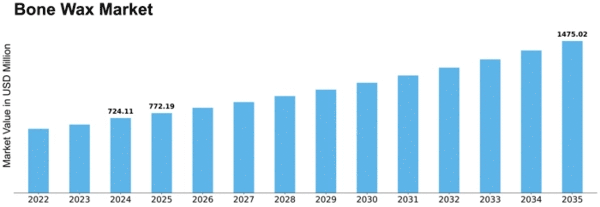

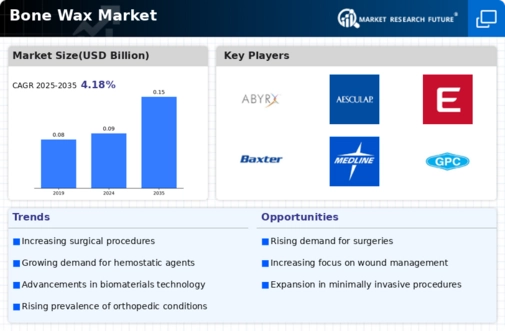
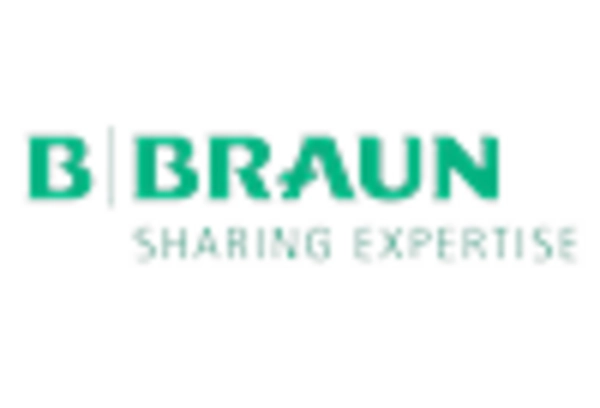
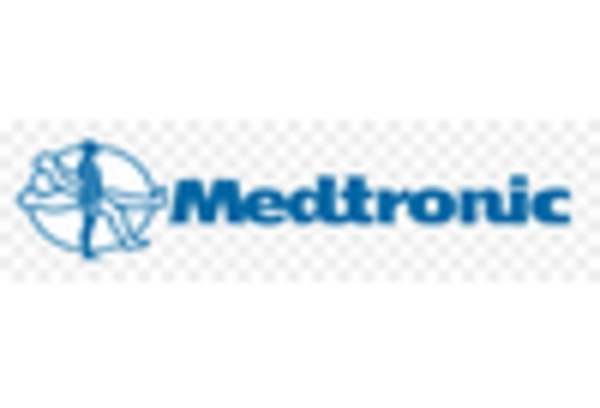

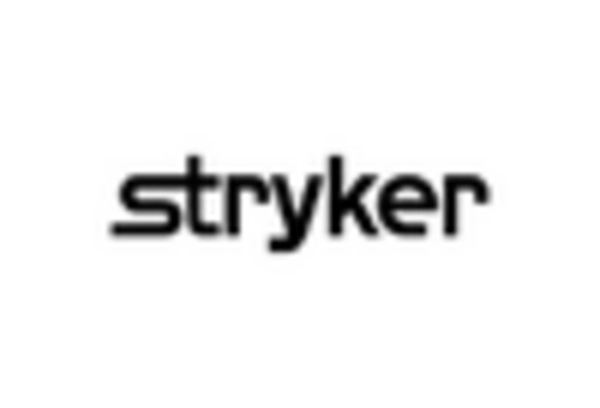
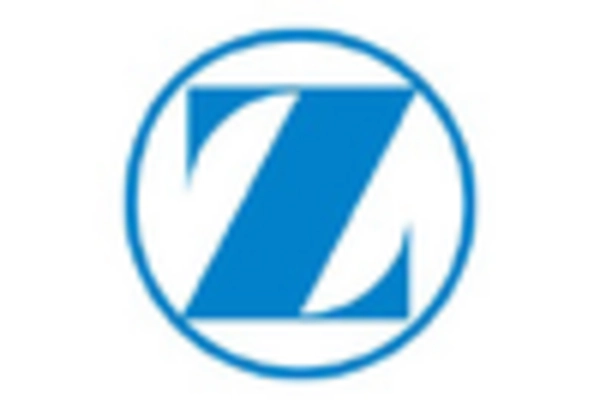









Leave a Comment